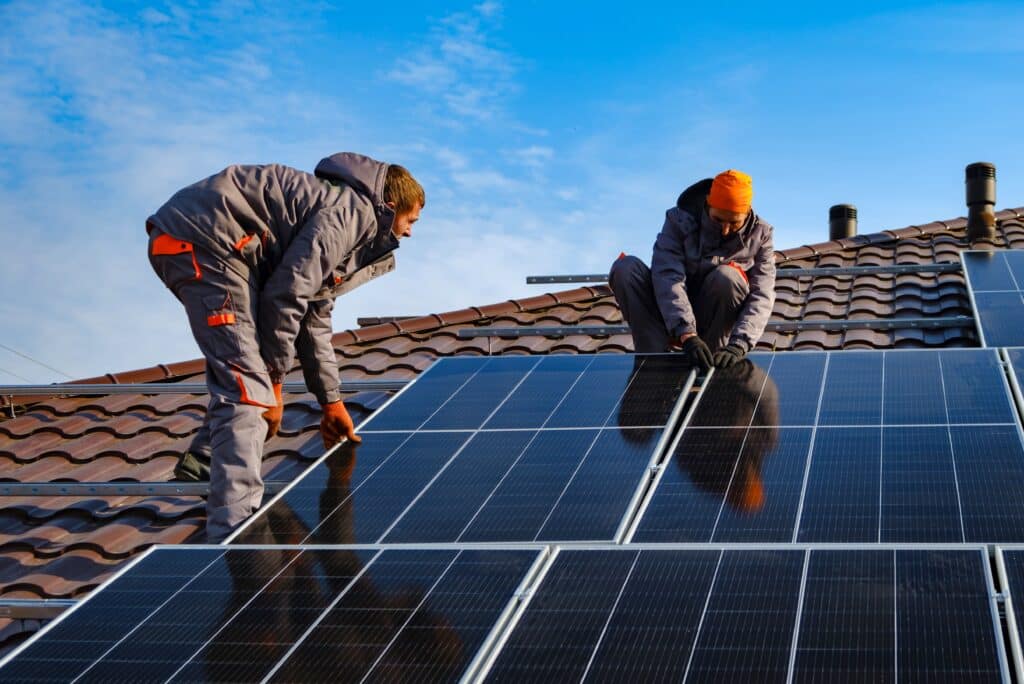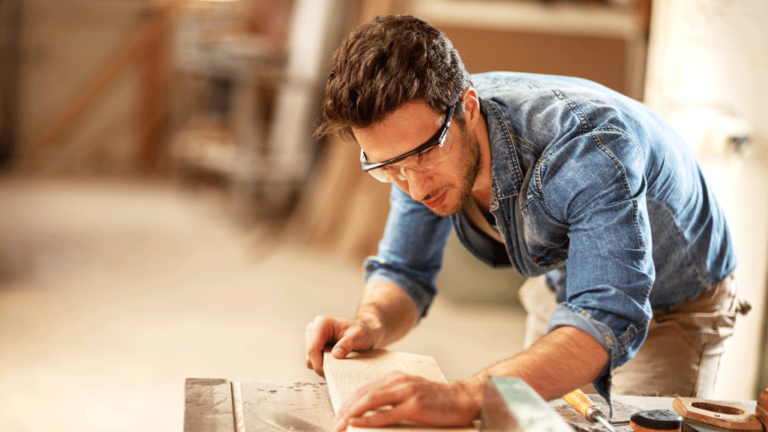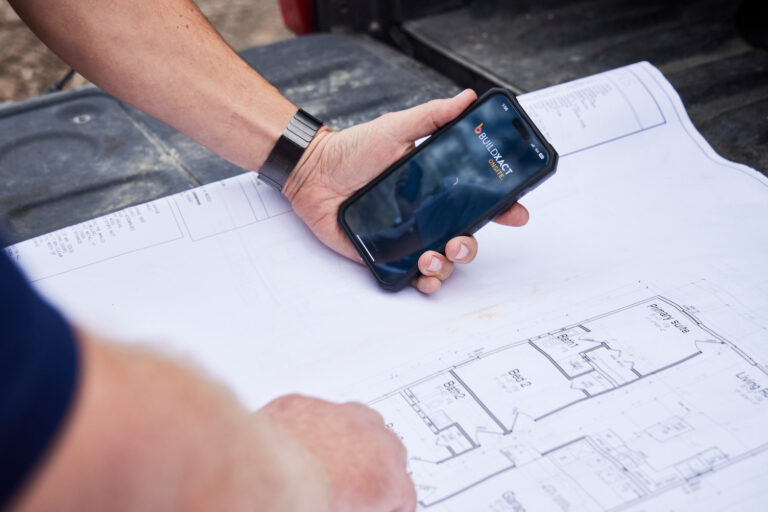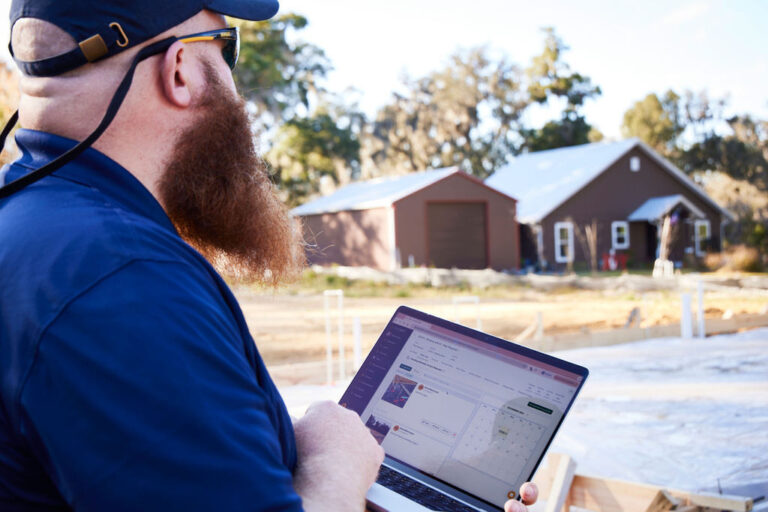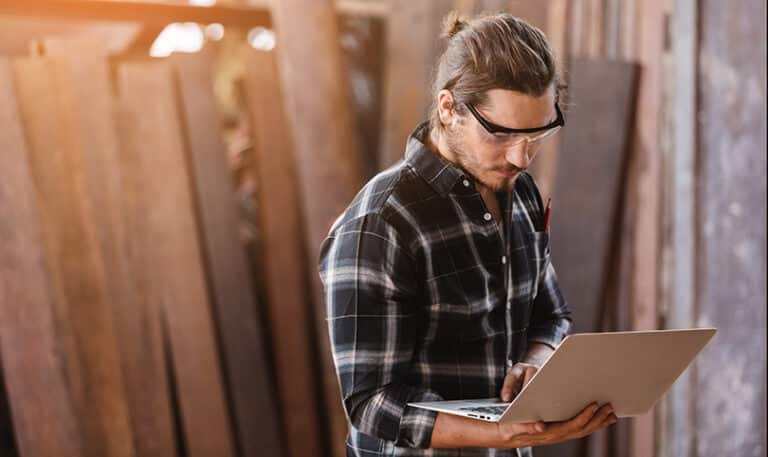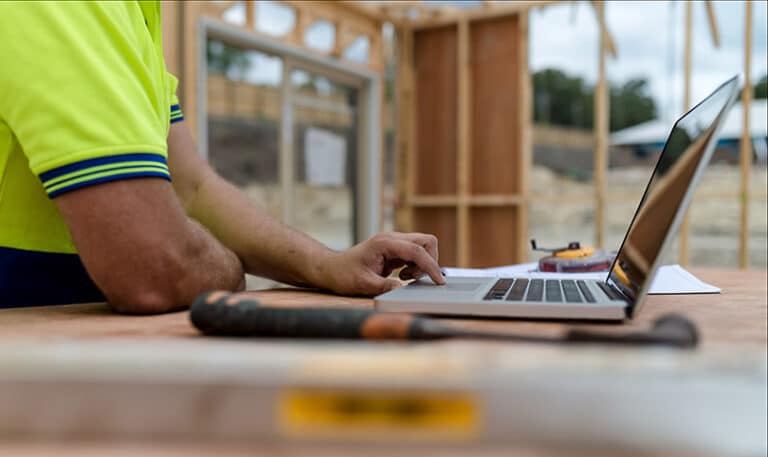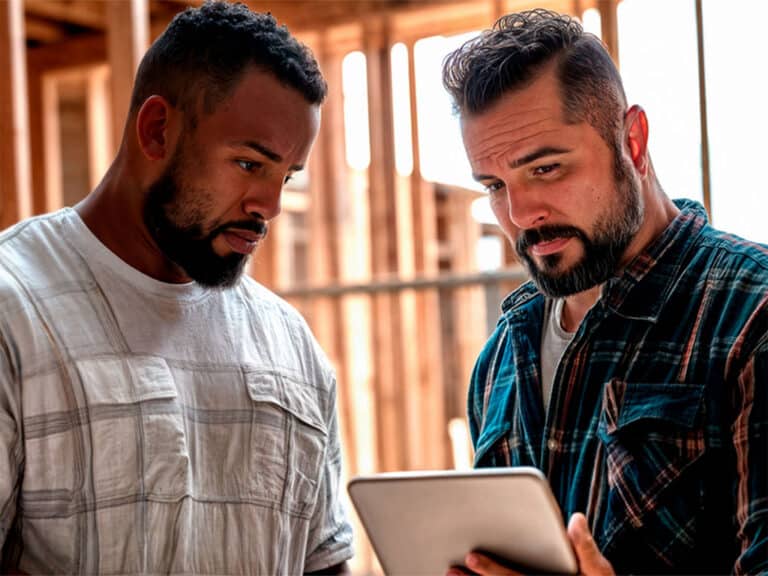Why invest in sustainable construction methods
Home builders like you are increasingly committing to natural resource protection through sustainable construction practices and the use of green technology. These programs target specific social and environmental goals, giving businesses a benchmark to measure their sustainability efforts.
But what if you are unsure what sustainability means? We’re going to attempt to answer that question, provide reasons you should invest in what many refer as green construction programs, and recommend some best practices to embrace sustainable construction on a long-term basis.
What does sustainability mean for the builder?
The US Green Building Council mission statement sums up sustainable construction as transforming “the way buildings and communities are designed, built, and operated through … enabling an environmentally and socially responsible environment that improves the quality of life.” In short, sustainable construction adds the community and environment as stakeholders in the construction industry.
The goals of sustainable construction include increasing the use of renewable materials while reducing the use of scarce raw materials, reducing material waste, reducing air and water pollution, improving energy and water efficiency, reducing carbon emissions that contribute to climate change and cutting the amount of harmful chemicals used in home construction.
Why investing in sustainability is beneficial for your construction business
Cost reduction from sustainable efforts
A recent study by the World Business Council for Sustainable Development found that, on average, sustainable construction practices save project owners and contractors up to 4% of the total construction cost. Forward thinking owners who want to reduce the impact on natural resources also see a bigger return when they look at the lifetime cost of sustainable construction and the adoption of green technology to create green buildings.
“Sustainable construction practices often save money in the long run by reducing energy costs, water usage, and waste disposal costs,” says Shawn Denny, owner of Specialty Grading. “In fact, the return on investment (ROI) for sustainable construction projects is often very high. A study by the US Green Building Council found that the return on investment is around 19.2% for existing buildings and up to 9.9% for new construction projects.”
Positive brand image from sustainable development
A less tangible benefit of investing in sustainable construction is the positive brand image that builders enjoy when undertaking energy-efficient initiatives at their construction sites. Many large companies have used this concept to their advantage. For example, recently oil and gas companies have used advertisements that show how they care for the environment and are working to improve energy-efficient vehicles that are more environmentally responsible.
This reflects their audience’s changing focus and an emphasis on lowering pollution and reducing their carbon emissions and carbon footprint. Companies want to be seen as contributing to their customers’ sustainability goals. The same approach can work for smaller business owners like you who can advertise about your participation in the growing green building industry.
Appeal to homeowners to use green building practices
Homeowners engaging you are like many other consumers who are growing increasingly aware of the benefits of sustainable development.
“Many homeowners are looking for eco-friendly construction materials and techniques,” says Ralph Severson of Flooring Masters. “Any contractor who is not familiar with sustainable construction is limiting their market. If you can’t be mindful of the environment while building, there is another company who can.”
Appeal to workforce to use sustainable construction methods
When you adopt sustainable practices, you increase your appeal not only to consumers but also future employees and construction workers who share the same environmental concerns. Newer generations of workers today want to value the outcome of their company’s activities. Many seek out companies with similar values so they can live and work in environment that values integrity as well as profits.
Improved waste management for construction projects
Construction activities generated 600 million tons of waste in the United States in 2018. As much as 30% of all building materials delivered to a construction site can end up as waste. Efforts to reduce material waste and the use of recyclable and reusable materials help to reduce the amount of construction debris going to the landfills that can impact the natural environment.
Best practices for adopting sustainable construction techniques
Here are some best practices for sustainable construction that you can incorporate into your projects to help reduce their impact on the environment.
Source sustainable building materials
Sustainable construction industry efforts have focused around using more natural products that are rapidly renewable and increasing the recycled content used in building materials. Natural and renewable finish materials, like cork, bamboo, and linoleum, have become more popular as they contribute to these efforts. Unfortunately, they often come at a higher upfront cost.
More recent efforts have focused around reducing carbon emissions and embodied carbon in construction materials. According to the World Green Building Council, construction materials specifically account for approximately 11% of global carbon emissions. Construction teams are taking a more detailed look at the materials they use and are making conscious choices to choose materials that create a lower carbon footprint.
More material dealers are providing tools to help contractors and construction firms assess the sustainability of their materials. Lifecycle analysis (LCA) and environmental product declarations (EPDs) are helping builders quantify the sustainability of their material selections, allowing them to measure and compare their efforts to others in the construction sector.
Incorporate more practical building methods
Sustainable building practices are those that reduce energy use, material use, and the effects of construction on surrounding environments. For example, advanced framing increases the spacing between structural studs and supports, reducing the amount of lumber needed to properly frame the project.
Another example is the sizing of buildings and room dimensions to accommodate the standard size of construction materials to reduce construction waste and boost environmental benefits of the project.
This means, for example, walls will be measured in 4-foot increments to accommodate the size of drywall sheets, reducing the number of cuts and wasted material and improving installation efficiency.
Rethink how energy conservation lowers energy consumption
Energy efficiency goes beyond the selection of highly efficient equipment and fixtures. The building envelope is the first line of defense for keeping domestic buildings properly heated or cooled.
The envelope is comprised of the exterior walls, finishes, windows and doors. Improving the insulation factor of the envelope is the best way to reduce the amount of energy needed for conditioning the interior. Efficient windows and doors are a necessity for buildings targeting a significant decrease in energy use and environmental impact.
Green roofs have been shown to significantly reduce the amount of heat that is transferred into buildings, reducing the need for energy-intensive cooling systems. These systems include unique ecological principles such as the use of native plantings on the rooftop that are virtually maintenance free. The addition of soil and root systems also acts as an insulator, reducing the amount of heat absorbed through the roof.
Other homeowners are using the roof as the platform for installing solar panels so that the home can be as source or renewable energy.
Plan for reduced water use
Water is a finite resource on the planet, so efficient use is key as we increase the population in our cities and suburban areas. Construction companies are increasingly installing waterless and low-flow fixtures to reduce the amount of potable water used by the home. Installing water-free urinals can save as much as 40,000 gallons of water annually. Moreover, low-flow shower heads with the WaterSense label can save as much as 2,700 gallons of water yearly.
Certify your sustainable construction methods
There are many programs that allow buildings and renovation projects to be certified as green or sustainable. These programs have increased the popularity of sustainable construction and have served to transform the market. They provide a way to measure the sustainability of buildings or projects.
Most focus on a set of prescriptive measures that must be taken, as well as elective measures that add up to a specific level of certification. The more measures a project undertakes, the more sustainable or green it is. There are many worldwide programs, as well as country-specific options. A few of the most popular in the US include LEED, Green Globes, Energy Star, Living Building Challenge, and WELL Building Standard.
A growing trend of sustainability in construction industry
Since 2000, sustainable building has been a growing trend in building design and construction. Many building owners, designers, and contractors have jumped on the bandwagon to reduce greenhouse gas emissions.
Companies that adopt greener buildings have seen cost reductions, more positive brand images, an increase in their appeal to future workers and potential clients, and a reduction in waste.
Companies looking to make sustainability a goal in their construction practices should begin by looking at material sourcing, building methods, energy efficiency, water use, and project certification.




